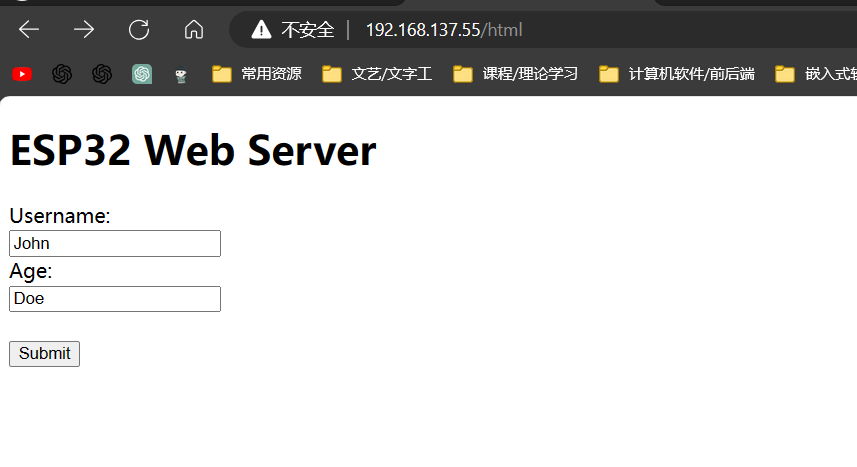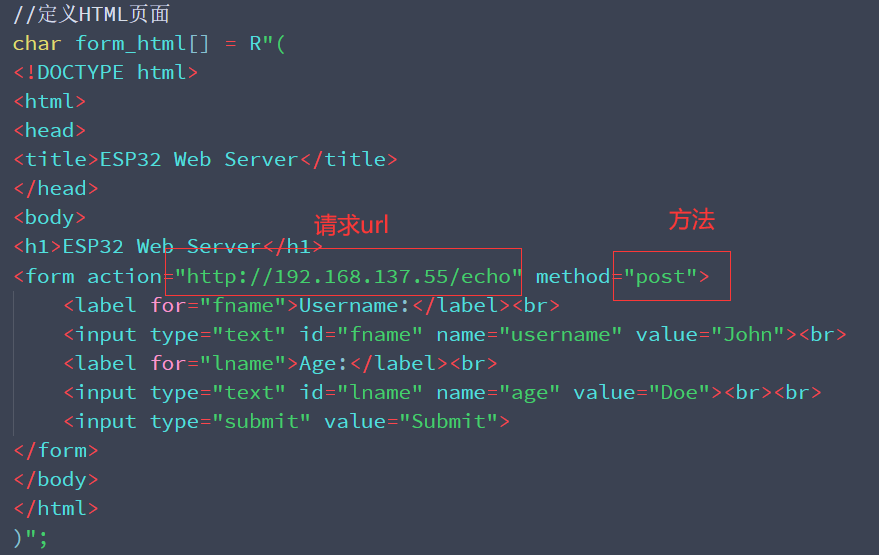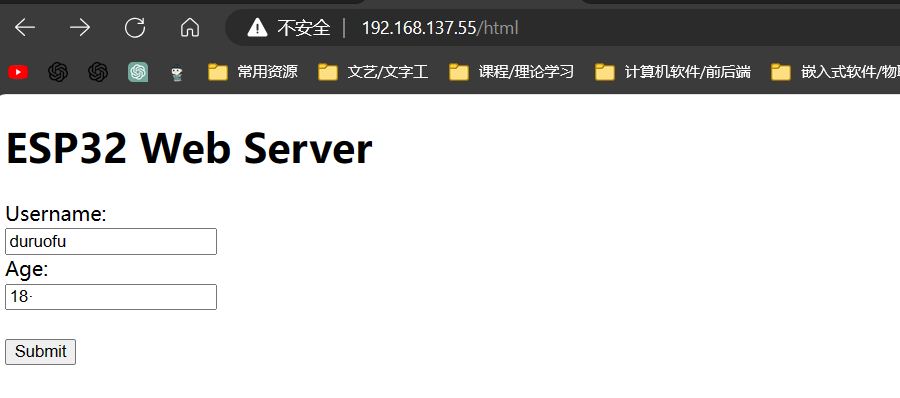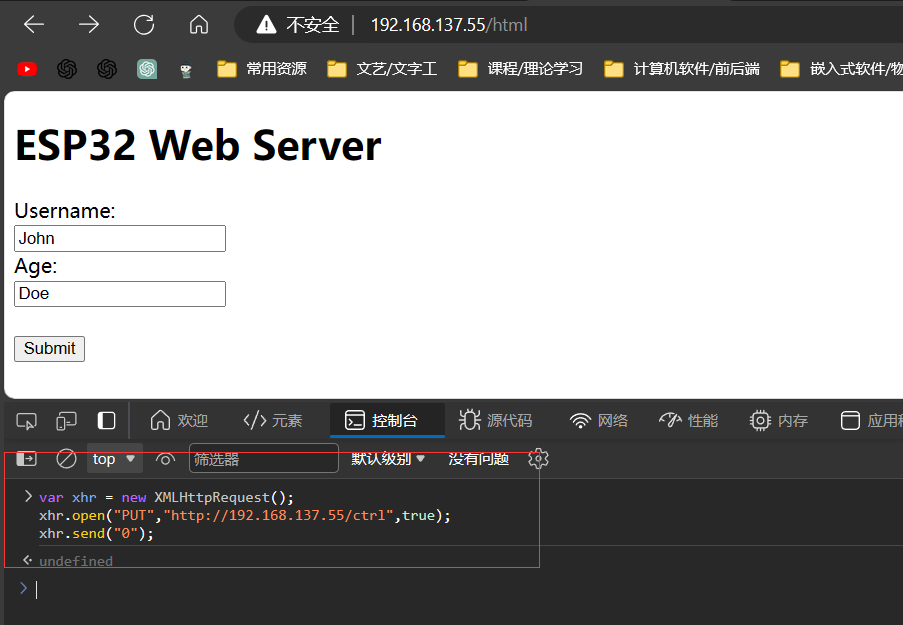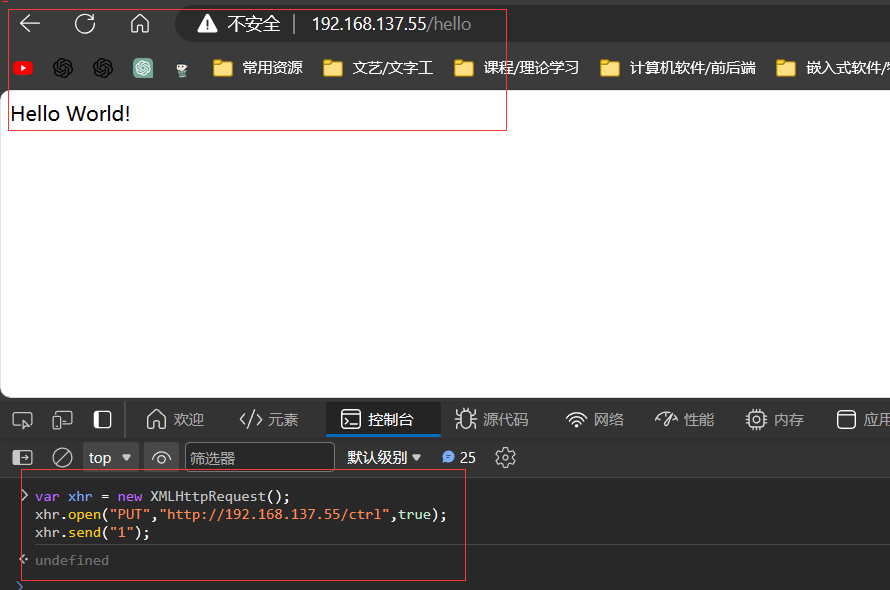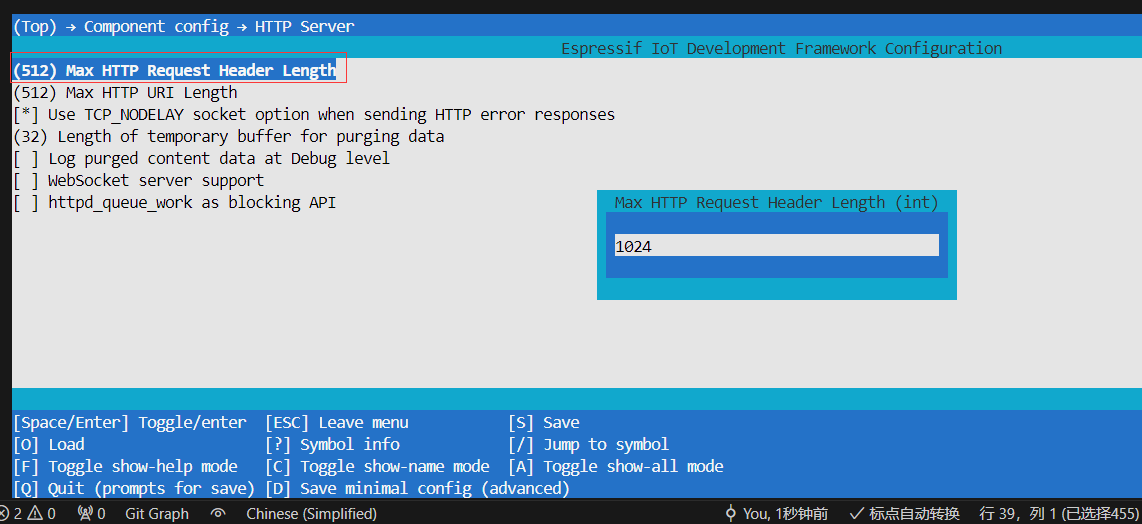1
2
3
4
5
6
7
8
9
10
11
12
13
14
15
16
17
18
19
20
21
22
23
24
25
26
27
28
29
30
31
32
33
34
35
36
37
38
39
40
41
42
43
44
45
46
47
48
49
50
51
52
53
54
55
56
57
58
59
60
61
62
63
64
65
66
67
68
69
70
71
72
73
74
75
76
77
78
79
80
81
82
83
84
85
86
87
88
89
90
91
92
93
94
95
96
97
98
99
100
101
102
103
104
105
106
107
108
109
110
111
112
113
114
115
116
117
118
119
120
121
122
123
124
125
126
127
128
129
130
131
132
133
134
135
136
137
138
139
140
141
142
143
144
145
146
147
148
149
150
151
152
153
154
155
156
157
158
159
160
161
162
163
164
165
166
167
168
169
170
171
172
173
174
175
176
177
178
179
180
181
182
183
184
185
186
187
188
189
190
191
192
193
194
195
196
197
198
199
200
201
202
203
204
205
206
207
208
209
210
211
212
213
214
215
216
217
218
219
220
221
222
223
224
225
226
227
228
229
230
231
232
233
234
235
236
237
238
239
240
241
242
243
244
245
246
247
248
249
250
251
252
253
254
255
256
257
258
259
260
261
262
263
264
265
266
267
268
269
270
271
272
273
274
275
276
277
278
279
280
281
282
283
284
285
286
287
288
289
290
291
292
293
294
295
296
297
298
299
300
301
302
303
304
305
306
307
308
309
310
311
312
313
314
315
316
317
318
319
320
321
322
323
324
325
326
327
328
329
330
331
332
333
334
335
336
337
338
339
340
341
342
343
344
345
346
347
348
349
350
351
352
353
354
355
356
357
358
359
360
361
362
363
364
365
366
367
368
369
370
371
372
373
374
375
376
377
378
379
380
381
382
383
384
385
386
387
388
389
390
391
392
393
394
395
396
397
398
399
400
401
402
403
404
405
406
407
408
409
410
411
412
413
414
415
416
417
418
419
420
421
422
423
424
425
426
427
428
429
430
431
432
433
434
435
436
437
438
439
440
441
442
443
| #include <stdio.h>
#include <string.h>
#include "freertos/FreeRTOS.h"
#include "freertos/event_groups.h"
#include "esp_wifi.h"
#include "esp_log.h"
#include "esp_event.h"
#include <sys/param.h>
#include "nvs_flash.h"
#include "esp_mac.h"
#include "esp_netif.h"
#include <sys/socket.h>
#include "esp_tls_crypto.h"
#include <esp_http_server.h>
#include "esp_tls.h"
#include "esp_check.h"
#include <string.h>
#include <stdlib.h>
#include <unistd.h>
#include <esp_log.h>
#include <nvs_flash.h>
#include <sys/param.h>
#include "esp_netif.h"
#include "esp_tls_crypto.h"
#include <esp_http_server.h>
#include "esp_event.h"
#include "esp_netif.h"
#include "esp_tls.h"
#include "esp_check.h"
#define ESP_WIFI_STA_SSID "duruofu_win10"
#define ESP_WIFI_STA_PASSWD "1234567890"
static const char *TAG = "main";
#define EXAMPLE_HTTP_QUERY_KEY_MAX_LEN (64)
char form_html[] = R"(
<!DOCTYPE html>
<html>
<head>
<title>ESP32 Web Server</title>
</head>
<body>
<h1>ESP32 Web Server</h1>
<form action="http://192.168.137.55/echo" method="post">
<label for="fname">Username:</label><br>
<input type="text" id="fname" name="username" value="John"><br>
<label for="lname">Age:</label><br>
<input type="text" id="lname" name="age" value="Doe"><br><br>
<input type="submit" value="Submit">
</form>
</body>
</html>)";
void WIFI_CallBack(void *event_handler_arg, esp_event_base_t event_base, int32_t event_id, void *event_data)
{
static uint8_t connect_count = 0;
if (event_base == WIFI_EVENT && event_id == WIFI_EVENT_STA_START)
{
ESP_LOGI("WIFI_EVENT", "WIFI_EVENT_STA_START");
ESP_ERROR_CHECK(esp_wifi_connect());
}
if (event_base == WIFI_EVENT && event_id == WIFI_EVENT_STA_DISCONNECTED)
{
ESP_LOGI("WIFI_EVENT", "WIFI_EVENT_STA_DISCONNECTED");
connect_count++;
if (connect_count < 6)
{
vTaskDelay(1000 / portTICK_PERIOD_MS);
ESP_ERROR_CHECK(esp_wifi_connect());
}
else
{
ESP_LOGI("WIFI_EVENT", "WIFI_EVENT_STA_DISCONNECTED 10 times");
}
}
if (event_base == IP_EVENT && event_id == IP_EVENT_STA_GOT_IP)
{
ESP_LOGI("WIFI_EVENT", "WIFI_EVENT_STA_GOT_IP");
ip_event_got_ip_t *info = (ip_event_got_ip_t *)event_data;
ESP_LOGI("WIFI_EVENT", "got ip:" IPSTR "", IP2STR(&info->ip_info.ip));
}
}
static void wifi_sta_init(void)
{
ESP_ERROR_CHECK(esp_netif_init());
ESP_ERROR_CHECK(esp_event_handler_instance_register(WIFI_EVENT, WIFI_EVENT_STA_START, WIFI_CallBack, NULL, NULL));
ESP_ERROR_CHECK(esp_event_handler_instance_register(WIFI_EVENT, WIFI_EVENT_STA_DISCONNECTED, WIFI_CallBack, NULL, NULL));
ESP_ERROR_CHECK(esp_event_handler_instance_register(IP_EVENT, IP_EVENT_STA_GOT_IP, WIFI_CallBack, NULL, NULL));
esp_netif_create_default_wifi_sta();
wifi_init_config_t cfg = WIFI_INIT_CONFIG_DEFAULT();
ESP_ERROR_CHECK(esp_wifi_init(&cfg));
ESP_ERROR_CHECK(esp_wifi_set_mode(WIFI_MODE_STA));
wifi_config_t sta_config = {
.sta = {
.ssid = ESP_WIFI_STA_SSID,
.password = ESP_WIFI_STA_PASSWD,
.bssid_set = false,
},
};
ESP_ERROR_CHECK(esp_wifi_set_config(WIFI_IF_STA, &sta_config));
ESP_ERROR_CHECK(esp_wifi_start());
ESP_ERROR_CHECK(esp_wifi_set_ps(WIFI_PS_NONE));
}
static esp_err_t hello_get_handler(httpd_req_t *req)
{
char *buf;
size_t buf_len;
buf_len = httpd_req_get_hdr_value_len(req, "Host") + 1;
if (buf_len > 1)
{
buf = malloc(buf_len);
ESP_RETURN_ON_FALSE(buf, ESP_ERR_NO_MEM, TAG, "buffer alloc failed");
if (httpd_req_get_hdr_value_str(req, "Host", buf, buf_len) == ESP_OK)
{
ESP_LOGI(TAG, "Found header => Host: %s", buf);
}
free(buf);
}
buf_len = httpd_req_get_hdr_value_len(req, "Test-Header-2") + 1;
if (buf_len > 1)
{
buf = malloc(buf_len);
ESP_RETURN_ON_FALSE(buf, ESP_ERR_NO_MEM, TAG, "buffer alloc failed");
if (httpd_req_get_hdr_value_str(req, "Test-Header-2", buf, buf_len) == ESP_OK)
{
ESP_LOGI(TAG, "Found header => Test-Header-2: %s", buf);
}
free(buf);
}
buf_len = httpd_req_get_hdr_value_len(req, "Test-Header-1") + 1;
if (buf_len > 1)
{
buf = malloc(buf_len);
ESP_RETURN_ON_FALSE(buf, ESP_ERR_NO_MEM, TAG, "buffer alloc failed");
if (httpd_req_get_hdr_value_str(req, "Test-Header-1", buf, buf_len) == ESP_OK)
{
ESP_LOGI(TAG, "Found header => Test-Header-1: %s", buf);
}
free(buf);
}
buf_len = httpd_req_get_url_query_len(req) + 1;
if (buf_len > 1)
{
buf = malloc(buf_len);
ESP_RETURN_ON_FALSE(buf, ESP_ERR_NO_MEM, TAG, "buffer alloc failed");
if (httpd_req_get_url_query_str(req, buf, buf_len) == ESP_OK)
{
ESP_LOGI(TAG, "Found URL query => %s", buf);
char param[EXAMPLE_HTTP_QUERY_KEY_MAX_LEN], dec_param[EXAMPLE_HTTP_QUERY_KEY_MAX_LEN] = {0};
if (httpd_query_key_value(buf, "query1", param, sizeof(param)) == ESP_OK)
{
ESP_LOGI(TAG, "Found URL query parameter => query1=%s", param);
ESP_LOGI(TAG, "Decoded query parameter => %s", dec_param);
}
if (httpd_query_key_value(buf, "query2", param, sizeof(param)) == ESP_OK)
{
ESP_LOGI(TAG, "Found URL query parameter => query2=%s", param);
ESP_LOGI(TAG, "Decoded query parameter => %s", dec_param);
}
if (httpd_query_key_value(buf, "query3", param, sizeof(param)) == ESP_OK)
{
ESP_LOGI(TAG, "Found URL query parameter => query3=%s", param);
ESP_LOGI(TAG, "Decoded query parameter => %s", dec_param);
}
}
free(buf);
}
httpd_resp_set_hdr(req, "Custom-Header-1", "Custom-Value-1");
httpd_resp_set_hdr(req, "Custom-Header-2", "Custom-Value-2");
const char *resp_str = (const char *)req->user_ctx;
httpd_resp_send(req, resp_str, HTTPD_RESP_USE_STRLEN);
if (httpd_req_get_hdr_value_len(req, "Host") == 0)
{
ESP_LOGI(TAG, "Request headers lost");
}
return ESP_OK;
}
static esp_err_t html_get_handler(httpd_req_t *req)
{
const char *html_content = form_html;
httpd_resp_set_type(req, "text/html");
httpd_resp_send(req, html_content, strlen(html_content));
return ESP_OK;
}
static esp_err_t echo_post_handler(httpd_req_t *req)
{
char buf[100];
int ret, remaining = req->content_len;
while (remaining > 0)
{
if ((ret = httpd_req_recv(req, buf,
MIN(remaining, sizeof(buf)))) <= 0)
{
if (ret == HTTPD_SOCK_ERR_TIMEOUT)
{
continue;
}
return ESP_FAIL;
}
httpd_resp_send_chunk(req, buf, ret);
remaining -= ret;
ESP_LOGI(TAG, "=========== RECEIVED DATA ==========");
ESP_LOGI(TAG, "%.*s", ret, buf);
ESP_LOGI(TAG, "====================================");
}
httpd_resp_send_chunk(req, NULL, 0);
return ESP_OK;
}
const httpd_uri_t hello = {
.uri = "/hello",
.method = HTTP_GET,
.handler = hello_get_handler,
.user_ctx = "Hello World!"};
const httpd_uri_t html = {
.uri = "/html",
.method = HTTP_GET,
.handler = html_get_handler,
.user_ctx = NULL};
const httpd_uri_t echo = {
.uri = "/echo",
.method = HTTP_POST,
.handler = echo_post_handler,
.user_ctx = NULL};
esp_err_t http_404_error_handler(httpd_req_t *req, httpd_err_code_t err)
{
if (strcmp("/hello", req->uri) == 0)
{
httpd_resp_send_err(req, HTTPD_404_NOT_FOUND, "/hello URI is not available");
return ESP_OK;
}
else if (strcmp("/echo", req->uri) == 0)
{
httpd_resp_send_err(req, HTTPD_404_NOT_FOUND, "/echo URI is not available");
return ESP_FAIL;
}
httpd_resp_send_err(req, HTTPD_404_NOT_FOUND, "Some 404 error message");
return ESP_FAIL;
}
esp_err_t ctrl_put_handler(httpd_req_t *req)
{
char buf;
int ret;
if ((ret = httpd_req_recv(req, &buf, 1)) <= 0)
{
if (ret == HTTPD_SOCK_ERR_TIMEOUT)
{
httpd_resp_send_408(req);
}
return ESP_FAIL;
}
if (buf == '0')
{
ESP_LOGI(TAG, "Unregistering /hello and /echo URIs");
httpd_unregister_uri(req->handle, "/hello");
httpd_unregister_uri(req->handle, "/echo");
httpd_register_err_handler(req->handle, HTTPD_404_NOT_FOUND, http_404_error_handler);
}
else
{
ESP_LOGI(TAG, "Registering /hello and /echo URIs");
httpd_register_uri_handler(req->handle, &hello);
httpd_register_uri_handler(req->handle, &echo);
httpd_register_err_handler(req->handle, HTTPD_404_NOT_FOUND, NULL);
}
httpd_resp_send(req, NULL, 0);
return ESP_OK;
}
static const httpd_uri_t ctrl = {
.uri = "/ctrl",
.method = HTTP_PUT,
.handler = ctrl_put_handler,
.user_ctx = NULL};
httpd_handle_t start_webserver(void)
{
httpd_config_t config = HTTPD_DEFAULT_CONFIG();
httpd_handle_t server = NULL;
ESP_LOGI(TAG, "Starting server on port: '%d'", config.server_port);
if (httpd_start(&server, &config) == ESP_OK)
{
ESP_LOGI(TAG, "Registering URI handlers");
httpd_register_uri_handler(server, &hello);
httpd_register_uri_handler(server, &html);
httpd_register_uri_handler(server, &echo);
httpd_register_uri_handler(server, &ctrl);
}
return server;
}
void app_main(void)
{
static httpd_handle_t server = NULL;
esp_err_t ret = nvs_flash_init();
if (ret == ESP_ERR_NVS_NO_FREE_PAGES || ret == ESP_ERR_NVS_NEW_VERSION_FOUND)
{
ESP_ERROR_CHECK(nvs_flash_erase());
ret = nvs_flash_init();
}
ESP_ERROR_CHECK(ret);
ESP_ERROR_CHECK(esp_event_loop_create_default());
wifi_sta_init();
vTaskDelay(3000 / portTICK_PERIOD_MS);
server = start_webserver();
while (server)
{
sleep(5);
}
}
|




